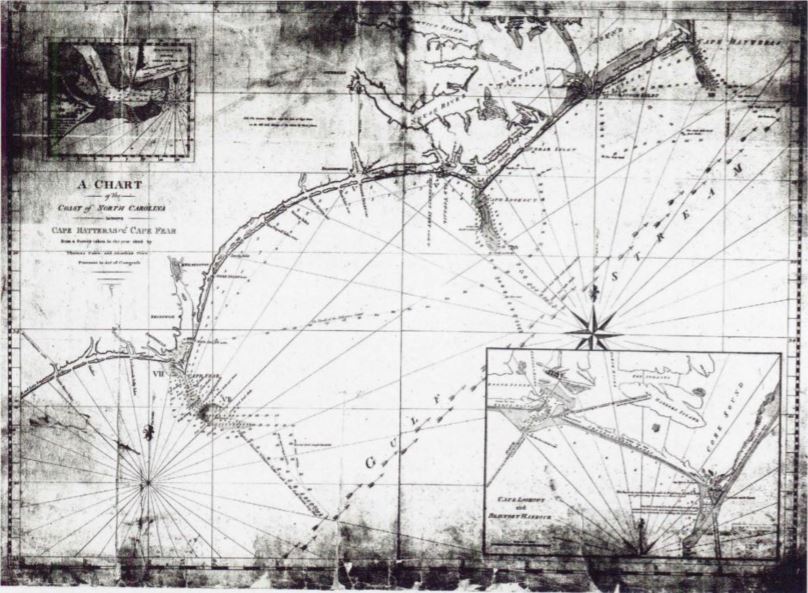 From June through September of 1806, Revenue Cutters Governor Williams and Diligence supported the nation’s first congressionally mandated survey of the U.S. coastline. These cutters were essential to charting what was then considered the most transited—and dangerous—section of our coast, from Cape Hatteras to Cape Fear, North Carolina.
From June through September of 1806, Revenue Cutters Governor Williams and Diligence supported the nation’s first congressionally mandated survey of the U.S. coastline. These cutters were essential to charting what was then considered the most transited—and dangerous—section of our coast, from Cape Hatteras to Cape Fear, North Carolina.
To promote maritime shipping, producing accurate charts of our coastline was one of several infrastructure investments that President Thomas Jefferson recommended in early 1806. With a budget surplus and an expanding economy, Congress was happy to oblige. It quickly funded the survey when a report 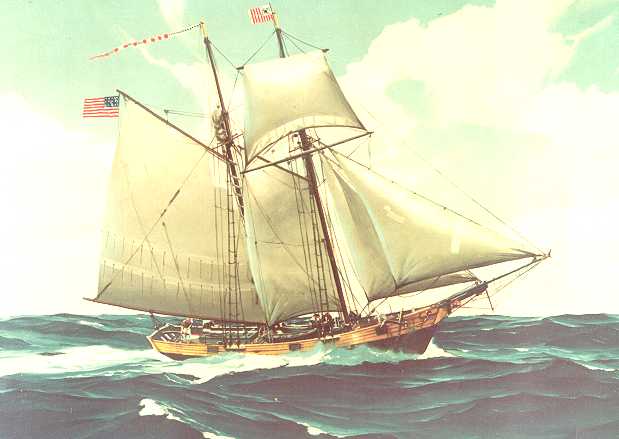 by the House Committee of Commerce and Manufactures found that “with the exception of Nantucket Shoals…there is no part of the American coast where vessels are more exposed to shipwreck, than they are in passing along the coast of North Carolina.”
by the House Committee of Commerce and Manufactures found that “with the exception of Nantucket Shoals…there is no part of the American coast where vessels are more exposed to shipwreck, than they are in passing along the coast of North Carolina.”
On June 20, 1806, Revenue Cutter Governor Williams arrived at Shell Castle Island, located just inside Ocracoke Inlet’s passage through Carolina’s Outer Banks. Shell Castle was to be the commission’s base of operations for the three-month survey of the North Carolina Coast.
The Governor Williams began service eight years earlier as a Navy gunboat. Its purpose was to defend shipping along the coast of North Carolina from the predations of French privateers during the Quasi-War with France. Built in Wilmington at a cost of $3,211.34, the cutter was launched as a 52-foot-long, two-masted, lateen-rigged galley powered by 25 oars during windless conditions. The vessel transferred to the Revenue Marine in 1802, and assigned to Portsmouth, N.C. The cutter’s main responsibility was to provide a marine enforcement capability for the Portsmouth Collector of Customs, Capt. James Taylor. With a draft of only five feet, eight inches, the cutter was ideally suited to range throughout all of the region’s shallow inland waterways. It could ensure customs seals were not tampered with and check for goods that might have “missed” earlier entry inspection.
Governor Williams got underway from Shell Castle Island June 24, to begin the survey’s offshore soundings. Capt. Alexander Henderson and his eight-man crew assisted two of the survey’s commissioners, Maj. Th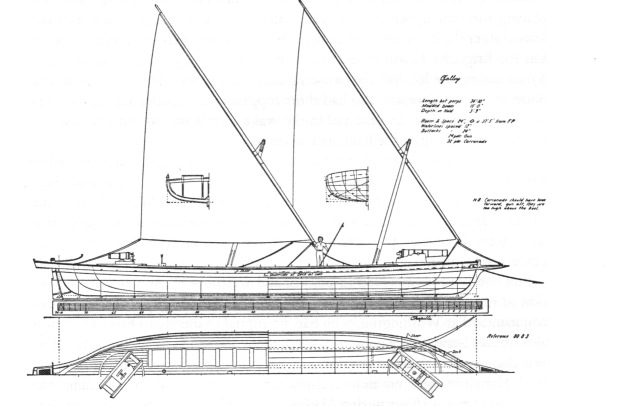 omas Coles and well-known surveyor and cartographer Jonathan Price. They took depth soundings, charted locations of various shoals and channels, and located the offshore Gulf Stream.
omas Coles and well-known surveyor and cartographer Jonathan Price. They took depth soundings, charted locations of various shoals and channels, and located the offshore Gulf Stream.
The Coast Guard has little documentation for the Diligence. It entered service in 1803 as the third cutter to bear the name and was assigned to Wilmington, N.C. Its construction cost just over $5,000. While historians believe the Diligence was similar to other cutters built at the time—a 70-foot topsail schooner—surviving records only tell us the length, cost, and date of commissioning.
The Diligence began the final three months of its service life charting the shoals near Cape Lookout. The survey commission’s third member, Col. William Tatham, met the cutter at Beaufort, N.C., to begin surveying. Throughout the operation, the two cutters swapped commissioners and survey areas.
During the first two months of the survey, frequent gales limited operations, but the first true hurricane of the season struck on Aug. 22. That day, the “Great Coastal Hurricane of 1806” sank many vessels and caused significant damage along the Eastern Seaboard, but Diligence escaped unscathed. Farther to the north, to avoid being driven ashore, Governor Williams’s crew had to cut loose its masts, and “sling her guns and heave them out to assist her anchors.” After the hurricane passed, the Governor Williams crew repaired the masts and returned the cutter to service. Another gale blew through the region less than two weeks later. While neither cutter was damaged, 14 vessels in the area were wrecked.
On the evening of Friday, Sept. 26, having completed the task of evaluating the Outer Banks’ lighthouses ahead of schedule, Tatham returned to Shell Castle aboard the Governor Williams. The plan had bee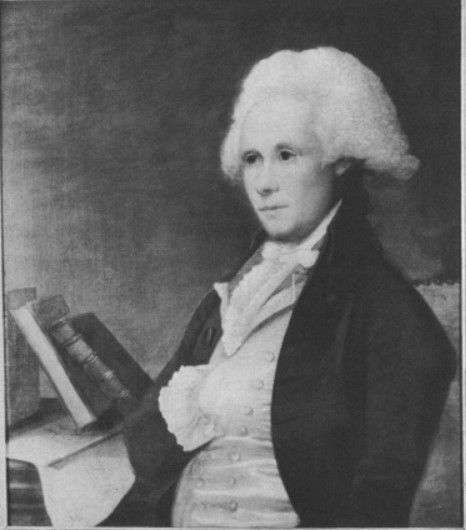 n for the cutters to rendezvous at Shell Castle on Sunday, so the Governor Williams could convey the commissioners, their equipment and papers to New Bern, N.C. There, they could settle accounts and to tie up their affairs by Tuesday, the 30th.
n for the cutters to rendezvous at Shell Castle on Sunday, so the Governor Williams could convey the commissioners, their equipment and papers to New Bern, N.C. There, they could settle accounts and to tie up their affairs by Tuesday, the 30th.
On the morning of Sept. 28, Tatham decided to depart by whaleboat perhaps due to deteriorating weather. Along the way, high winds and heavy seas caused Tatham’s boat to seek shelter at Beaufort. Late that day, the second hurricane reached f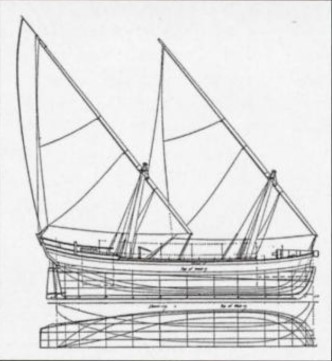 ull force along the North Carolina coast.
ull force along the North Carolina coast.
Meanwhile, the Diligence returned to Shell Castle around sunset the same day. Captain Brown anchored his cutter close to the island, seeking a lee from the heavy winds. By midnight those winds were hurricane force. Despite jettisoning the guns and cutting away masts to avoid capsizing, Brown’s cutter was driven nearly a mile to the west-southwest, where it collided with a small schooner already aground on a shoal. Diligence’s crew scrambled aboard the grounded schooner before the cutter sank drowning one crewmember. The rest of the crew rode out the storm aboard the schooner.
Just to the south, the Governor Williams met a similar fate. The cutter was upset and sank at anchor about 200 yards off the landing near Taylor’s house at Portsmouth Island. Three members of the eight-man crew were trapped below deck and drowned.
The success of this survey required sailing during one of the most active East Coast storm seasons in recorded history—at least three tropical storms (called simply gales at the time) and two large hurricanes struck the North Carolina coast during the survey. Tragically, both cutters and four crewmembers would be taken by the second large, and rare, back-to-back hurricane the morning after completing their mission.
Despite the storm-wracked survey and loss of both cutters and four cuttermen, the survey was a success. The commission produced a concise six-page report and the first accurate chart of the North Carolina coast. It was the first navigational chart produced by the federal government. The success of the lost cutters’ survey led Congress to authorize planning for charting the entire coast of the U.S. and establishment of the U.S. Coast Survey, forerunner of today’s National Oceanic and Atmospheric Administration.